Paris-based Kering is among the leading luxury goods holding firms worldwide, with a workforce of over 30,000 individuals spread across the globe. It is the second largest luxury goods company in terms of revenue after LVMH and is included in the CAC 40, which is the main French stock market index. Under the leadership of CEO and Chairman Francois-Henri Pinault, Kering is recognized for being a trailblazer in promoting sustainability measures in the luxury sector.
History And Origin Of The Brand
Etablissements Pinault, founded in 1962 by Francois Pinault, was primarily engaged in wood trade negotiations and construction materials. Starting from Brittany, it expanded through acquisitions to become a renowned national company in France. In 1991, the company ventured into retail distribution with the acquisition of Conforama, followed by the takeover of French retailer Fnac in 1994, after which it became known as Pinault-Printemps-Redoute (PPR).
Entry Into The Luxury Sector, Acquisitions, And Rebranding
In 1999, PPR entered the luxury sector by acquiring a 42% stake in Gucci Group NV, followed by the purchase of Yves Saint Laurent (now Saint Laurent Paris), YSL Beauty, and Sergio Rossi. In 2001, the Gucci Group, a subsidiary of PPR, acquired Bottega Veneta and Balenciaga and signed deals with Stella McCartney and Alexander McQueen. The company continued its global expansion with the acquisitions of Cobra, a golf equipment manufacturer (2010), Brioni (2011), a majority stake in Chinese jeweler Qeelin (2012), Christopher Kane (2013), and luxury watchmaker Ulysse Nardin (2014).
Francois-Henri Pinault, Francois Pinault’s son, and the CEO and Chairman, renamed PPR to Kering in 2013, signifying the company’s birthplace in Brittany. The name, pronounced phonetically as “Caring,” is significant because in Breton, “ker” means “home or place to live.”
Bringing The Life Back In Gucci
Gucci is Kering’s flagship brand and contributes the highest revenue to Kering’s Luxury House business, followed by Saint Laurent. However, Gucci’s sales have slumped in recent years, prompting a major overhaul of the brand’s operations. In addition to replacing the head designer and chief executive in 2014, Kering has downsized the wholesale side of the Gucci business and focused on its own store network. Going forward, Kering plans to control the number and size of new store openings, provide more training to store staff, revise advertising campaigns, overhaul packaging, and redesign the brand’s website.
Kering’s strategy of slowing down store openings and prioritizing store experience quality is becoming increasingly popular among other businesses in the luxury industry, including LVMH. With Gucci being its primary revenue contributor, Kering eagerly awaits the impact of these initiatives.
Valuing The Freedom Of Individuality In Brands
Kering acts as a steward of the luxury and sports brands in its portfolio through its corporate brand and mission. Its slogan, “Empowering Imagination,” embodies its overarching vision of enabling its brands to push beyond their limits, innovate, and achieve artistic and financial potential in a sustainable manner. Similarly to its competitors LVMH and Hermès, Kering allows its individual brands to maintain and develop their own unique brand philosophies, such as Gucci’s perfect balance between its Florentine heritage and fashion leadership, and Boucheron’s aim to help women reveal their style, personality, and uniqueness. Kering’s approach to driving growth for its brands is to find avenues to accelerate its expansion into new markets, strengthen its presence in established markets, and develop its distribution networks and channels, including e-commerce. These three principles form the core of Kering’s brand strategy.
Brand Strategy Of Kering
Kering’s strategy focuses on building relationships with luxury retail players to facilitate individual brand strategies. This includes centralizing sourcing and distribution, developing retail strategies, and providing product development centers. Kering empowers its portfolio brands to innovate and reduce time to market while maintaining differentiation. The corporate brand’s mission is to catalyze growth for its brands, guided by the motto of “empowering imagination”.
Prioritizing Sustainability
Kering’s group brand strategy prioritizes sustainability, which is implemented through its individual brands. Francois-Henri Pinault’s sustainability pillars are Care, Collaboration, and Create, which include reducing the group’s environmental impact, promoting diversity in the workplace, and supporting innovative and sustainable solutions. Kering launched The Fashion Pact, a global coalition committed to environmental goals. The group’s sustainability focus is influenced by Pinault’s mother and wife and does not impede the brands’ individual sustainability initiatives.
Social Impact
Kering partnered with the Cannes International Film Festival to increase its portfolio brands’ visibility and promote women’s contributions to the film industry. Kering exemplifies its commitment to socially important causes through The Kering Foundation, which fights against violence towards women. The group launched a digital advertising campaign showcasing its portfolio brands, and in March 2019, Kering revealed a new website that showcases its financials and sustainability information. The company uses a clear, consistent communication policy aligned with its brand strategy to succeed in the competitive luxury goods market.
Challenges Faced By The Brand Over The Years
Kering faces various challenges and some of them come from its operating model and sustainability targets, which have a significant impact on its cost structure and profitability. The brand needs to balance growth with sustainability and look for new cost efficiencies in its business processes to remain competitive. Another challenge is finding ways to ride on China’s digital revolution, engage Chinese consumers, and address the challenge of counterfeiting and grey market issues. Moreover, it needs to grow its e-commerce to keep pace with digital advancements in the luxury sector.
This is how Kering became a luxury giant, owning the biggest brands in the world. If this is the kind of story that fascinates you, join World Brand Affairs. We bring you the top news, case studies, and insights from the world of marketing, branding, and business leadership.



